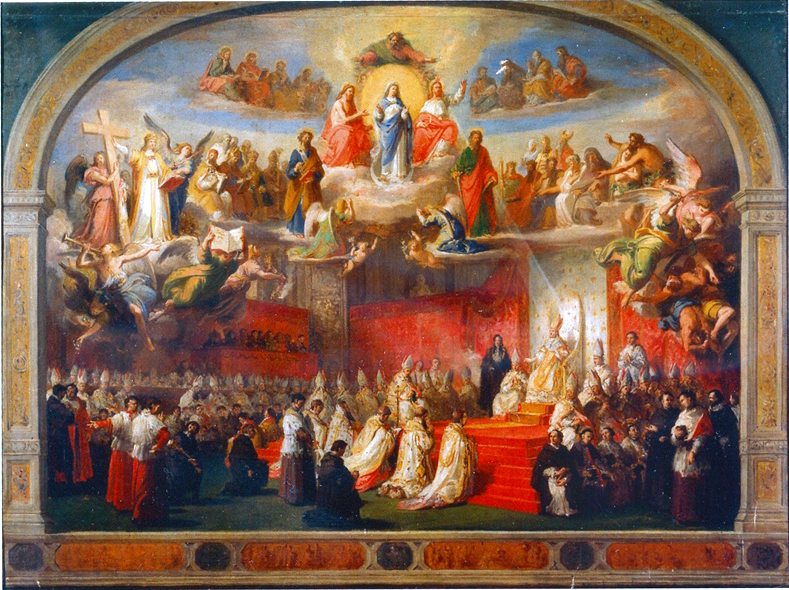From TFP:
ShareSome see him as a liberal who—mugged by reality—converted, becoming a “reactionary.” Others present him as a pragmatic diplomat who made a miscalculation when he thought he could placate the revolutionaries with a policy milder than his predecessor, the austere and energetic Gregory XVI. Still others say that he was not a liberal and that his policies, permeated with clemency and liberality, were dictated more by his conciliatory temperament than by ideology, and that the Revolution sought to take advantage of this, appointing him as a “liberal” Pope, ready to carry out its designs.
Whatever the answer, the fact is that, as soon as Pius IX cleared up the misunderstanding and energetically put an end to the revolutionary consequences they intended to draw from his acts, everything changed. The revolutionary sectarians responded by inciting the Roman populace to mutiny. The mobs stoned the Pontifical Palace, and the Pope had to leave the Eternal City secretly, taking refuge in Gaeta in the Kingdom of Naples. Meanwhile, the revolutionaries stalked the streets of Rome, sowing terror through an orgy of blood and desecration of churches and convents. Finally, they declared the civil power of the Pontiff to be over and proclaimed the “Roman Republic.”
The Pope appealed to Catholic powers, which uprooted the revolutionaries from Rome and the other pontifical territories. After a few months, Pius IX returned to his capital. (Read more.)


















1 comment:
I love Pope Pius IX. I believe he was similar to Louis XVI in some ways, both kind-hearted monarchs who attempted political reform but received a diabolical, revolutionary response. It is always risky to be the one to open things up.
Post a Comment